Car engraving (mechanical engraving) combines acid-etching glass technology. Through the superposition of two techniques, a unique artistic effect can be created and widely used in decoration, architecture and functional design.Layer and three-dimensional:
Car engraving: Mechanical carving forms geometric patterns of varying depths (such as diamonds, straight lines, waves, etc.) on the surface of the glass, creating a tough contrast of light and shadow.
Pickling: Use hydrofluoric acid to corrode the glass surface to form a matte matte or delicate matte texture, weaken the sharpness of the car engraving and add a hazy and soft effect.
Combined effect: The clear lines of the car engraving form a contrast between the real and virtual with the pickled matte background, and the pattern presents a “relief” level under the light.
Pattern flexibility: Customizable complex patterns: car engraving outlines, pickling and filling backgrounds (such as flowers, abstract paintings, brand LOGO).
Use scenarios:
Partition/screen: Car-engraved pickled glass can not only divide the space, but also maintain permeability, and is often used in hotels, exhibition halls, and offices.
Doors, windows and curtain walls: Geometric patterns and pickling privacy are suitable for modern architecture.
Stair handrails/wall decoration: enhance the artistic sense of space through light and shadow.
Desktop/cabinet door: Improve the light luxury texture of furniture while avoiding the monotony of pure transparent glass.
Sculptures and murals: Use multi-layer glass to superimpose carving and pickling to create 3D visual effects.
Brand display: Retail store windows and counters use pickling background to highlight the car engraving logo.
Bathroom/spa: Car engraved with wave patterns + pickling to create a flowing quiet feeling. |
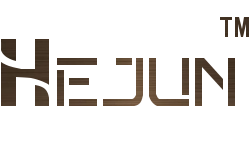
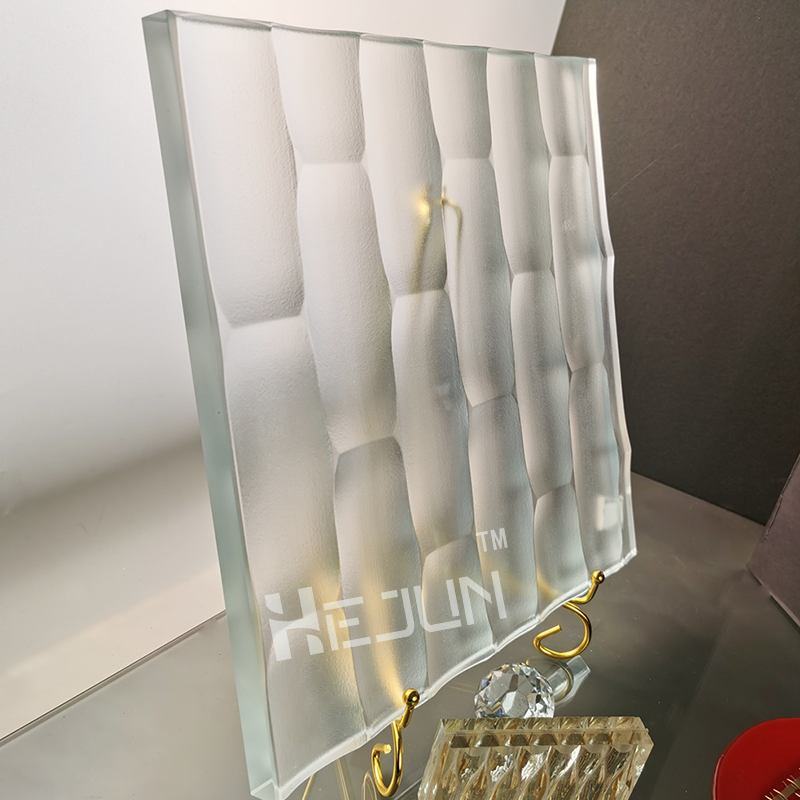
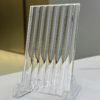
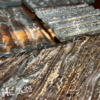




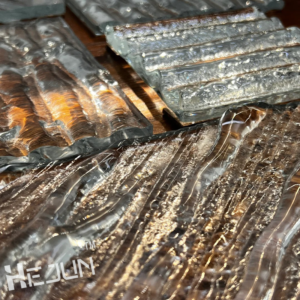
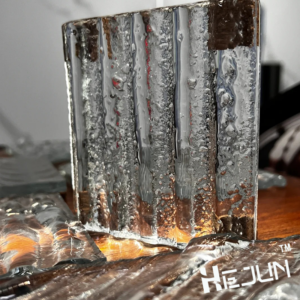

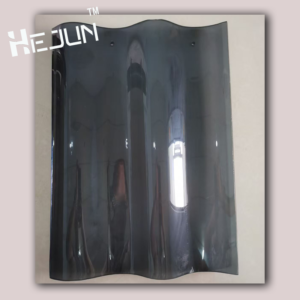

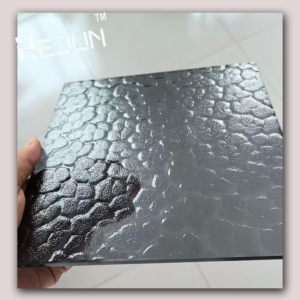


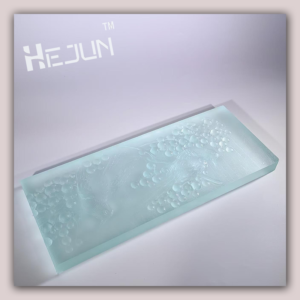

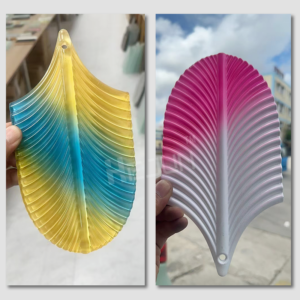
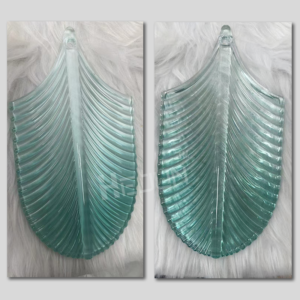
Reviews
There are no reviews yet.